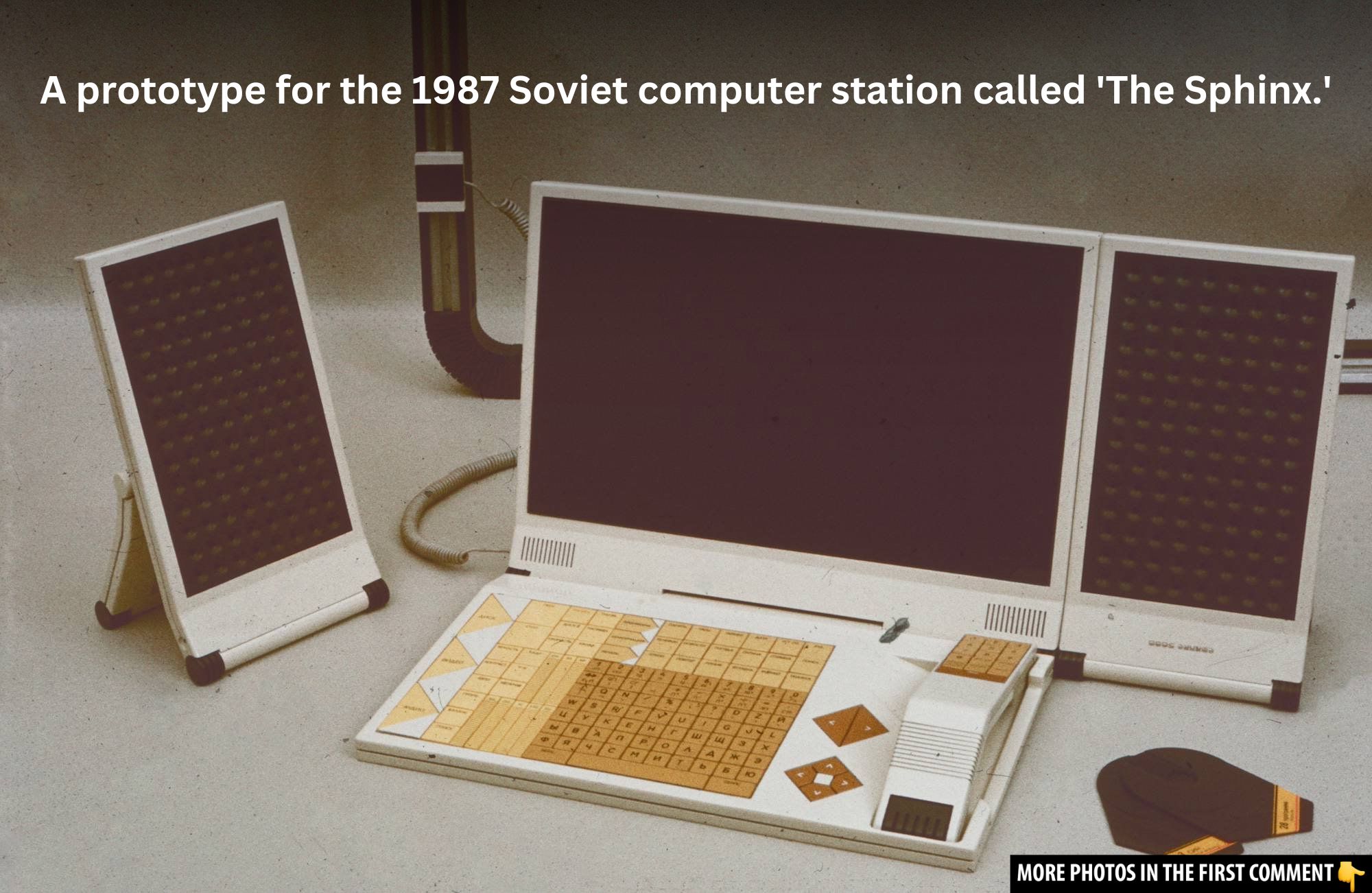In 1987, in the heart of the Soviet Union, a revolutionary project was born that would shape the future of home automation. Commissioned by the State Committee for Science and Technology, the project was designed by Dmitry Azrikan, in collaboration with A. Kolotushkin and V. Goessen. This visionary project, known as Sphinx (Super Functional Integrated Communicative System), was ahead of its time. Sphinx, though initially conceptualized as a futuristic home automation system, has become a symbol of Soviet ambition and ingenuity, combining technological advancements that would later influence the global development of smart homes.
Sphinx: A Visionary Soviet Smart Home
At its core, Sphinx was more than just a piece of technology – it was a complete vision for the future of domestic life. It was designed to be an integrated system that connected various household modules into a cohesive network, allowing family members to interact with the system seamlessly. The dream behind Sphinx was to eliminate the fragmentation of everyday devices, combining them into one smooth operating system that could cater to every family member’s needs.
The concept was ground-breaking in the way it envisioned home technology. At its peak, Sphinx aimed to merge devices like spherical speakers, detachable monitors, and headphones, as well as a handheld remote control with a removable display. The idea was simple: to bring all the essential functions of modern household technology into a unified system. It was an early prototype for the connected home we see today, although it remained just a dream in Soviet Russia.
The Concept of the Sphinx Modules
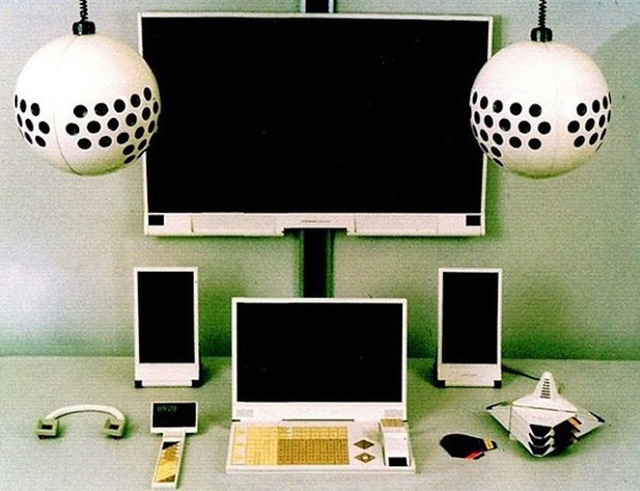
One of the most unique features of Sphinx was the modular approach it took. The system was composed of various individual modules that could be used together or independently. The core of the system was a processor with memory blocks that could be expanded infinitely. This flexibility allowed multiple family members to activate different programs simultaneously, without interfering with one another. At the time, such an idea was revolutionary, as it foreshadowed the multi-device, multi-user environments we are accustomed to today.
Sphinx also introduced the concept of physical interaction with devices that was both intuitive and personalized. For example, the detachable monitor could be used independently, allowing users to carry out tasks without the need for other hardware. The spherical speakers were designed to offer a 360-degree audio experience, ensuring that the sound system was both functional and aesthetically pleasing. This seamless integration of design and technology laid the groundwork for today’s smart speakers and smart screens.
Video
Watch the video to see the Elektronika MS 1504, the only Soviet laptop ever made! Don’t miss this rare look at a unique piece of Soviet technology.
Early Foundations of Smart Homes and IoT
While Sphinx was a product of its time, it contained features that prefigured today’s connected homes and Internet of Things (IoT) ecosystems. The idea of having all home devices connected, each interacting with the other, was a bold concept for the late 1980s. With its integrated modules and seamless communication between devices, Sphinx essentially laid the groundwork for the smart home revolution we now see unfolding.
Though not widely known outside of Russia, the principles behind Sphinx were crucial in shaping how we think about the integration of technology into our everyday lives. It prefigured the way today’s home automation systems, such as Amazon Alexa, Google Home, and Apple HomeKit, interact with one another. These systems allow homeowners to control lighting, security, and even temperature through voice commands or mobile apps – a reality that Sphinx’s designers could only dream of in the 1980s.
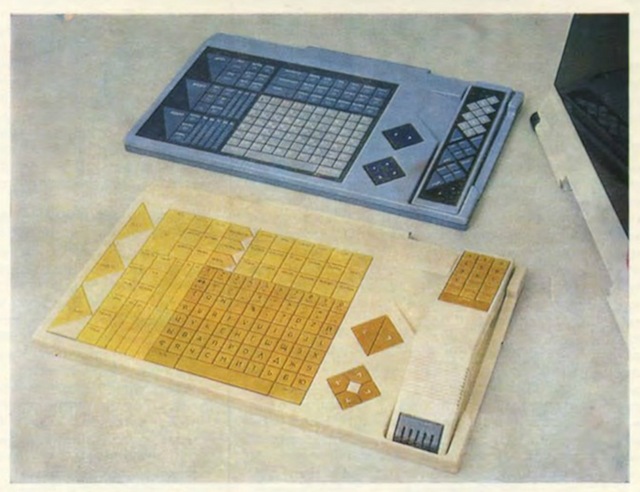
Design Challenges: Compatibility and Ergonomics
Despite its futuristic design, Sphinx was not without its challenges. One of the primary hurdles the team faced was achieving compatibility between different devices. In the 1980s, electronics from various manufacturers often operated in isolation, with little regard for seamless integration. The Sphinx team had to ensure that every module worked not only within the system but also with any external devices that users might already own, such as tape recorders or televisions.
Sergey Moiseyev, the head of VNIITE (the Soviet design research institute), emphasized that the project was about more than just creating a smart home. It was about solving the fundamental issues of compatibility and ergonomics that plagued consumers. At the time, home electronics were not designed to work together, and their aesthetics often left much to be desired. Sphinx’s goal was to integrate design, functionality, and ergonomics into a single system that addressed the needs of Soviet families while also looking forward to the future.
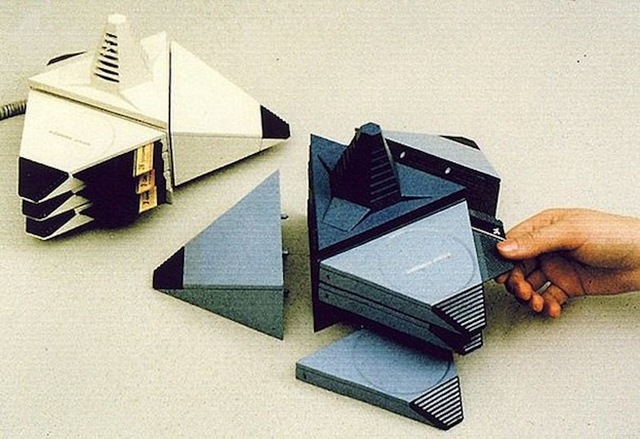
Pioneering Computer Stations: Sphinx and Its Time
Sphinx’s design was ahead of its time, anticipating the future of computing and interaction with technology. The configuration of Sphinx’s equipment, particularly the detachable monitors and speakers, resembled the computer stations of the 21st century, which include peripherals like touchpads, headsets, and speakers. The foresight to envision modular, multifunctional components was a testament to the Sphinx designers’ innovative approach to user experience and technological integration.

In many ways, Sphinx was the precursor to modern computing setups where a central unit controls a range of peripheral devices. The system’s early recognition of the importance of user interaction – with the remote controls, monitors, and integrated systems – mirrors the experiences users have with today’s technology, where seamless interaction is key.
Sphinx and the Cold War Technological Landscape
In the Cold War era, technological advancements were a matter of national pride for both the United States and the Soviet Union. The Sphinx project, while never fully realized, served as a symbol of Soviet ambition and ingenuity in the face of technological rivalry with the West. The Soviet Union, long known for its space program and other cutting-edge technologies, sought to match the technological advancements in consumer electronics seen in the West.
Sphinx was part of a larger drive by the Soviet government to develop practical, everyday applications for technology, even if the broader market was not yet ready for it. In some ways, the Sphinx was a vision of what the Soviet Union could have achieved had it invested more heavily in consumer technology. Despite the fall of the Soviet Union and the project’s eventual abandonment, Sphinx remains a fascinating glimpse into what might have been, had circumstances been different.
Cultural and Technological Impact: The Legacy of Sphinx
While the Sphinx system never achieved commercial success, its impact on the world of design and technology cannot be understated. The project was ahead of its time in terms of user-centric design, modularity, and the vision of an interconnected world. Though it may not have had the widespread influence of other Cold War-era technological advancements, Sphinx’s design principles would later inform the development of the connected home.
Its legacy is a reminder of the pioneering spirit that fueled the technological innovation of the late 20th century, both in the West and the East. The vision of a smart home, where every device communicates with the other, was a futuristic dream that the Sphinx project helped bring closer to reality.
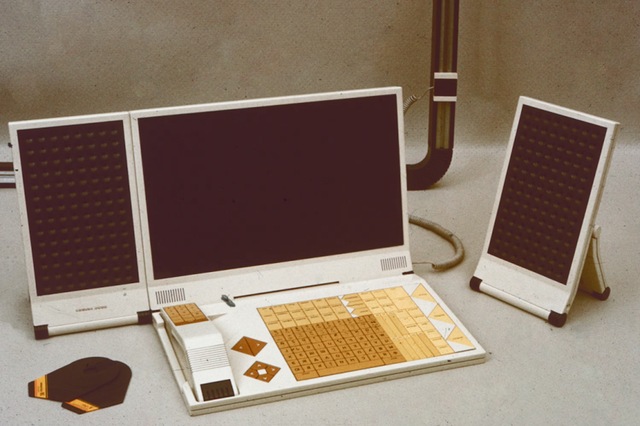
Conclusion: The Lasting Legacy of Sphinx
The Sphinx project was not just a technological experiment; it was a vision of the future that, for its time, was nearly impossible to realize. While Sphinx was never fully realized, its ideas and principles laid the groundwork for the smart home and Internet of Things technologies we use today. From modular design to seamless integration of devices, Sphinx anticipated a future where technology would be an intrinsic part of everyday life, enhancing both convenience and functionality.
As we continue to live in an age where smart homes, connected devices, and IoT are transforming our lives, it is fascinating to look back at Sphinx as one of the earliest examples of this future. Despite its roots in the Soviet Union, Sphinx remains a testament to the vision of a connected, automated world – a vision that continues to shape the way we interact with technology today.
Video
Watch the video to discover why the Soviet computer failed! Don’t miss this insightful look at the challenges and shortcomings of Soviet-era technology.
